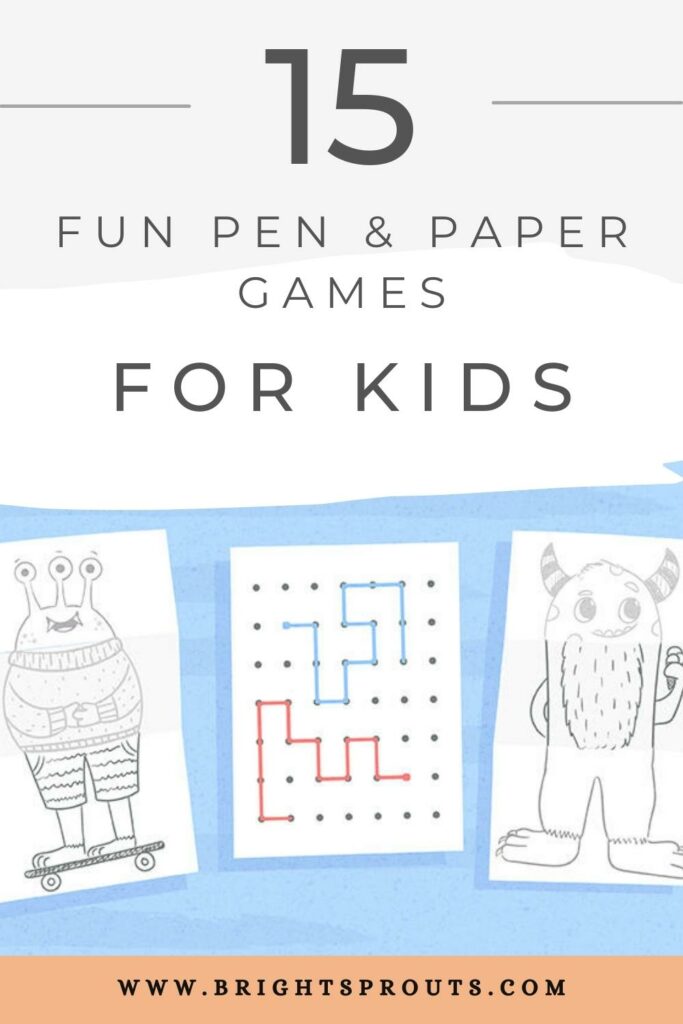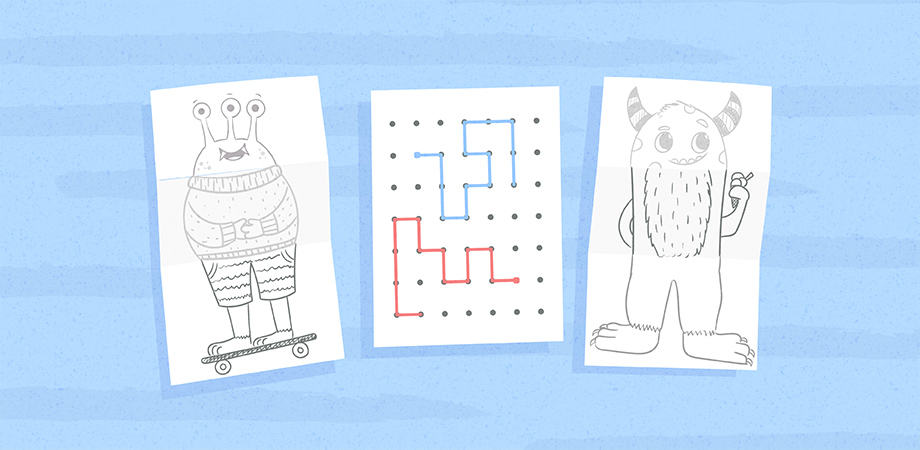Everyone knows Tic-Tac-Toe, but there are other pen and paper games full of nostalgia and wholesome fun.
In a fast-paced world, it can be beneficial to slow down, spend time away from screens, and focus on connection. You can make a family game night, road trip, or picnic better with the simple addition of a fun game.
So, go on, and try some pen and paper games that get the whole family involved.
1. Hanging Spider (aka Hangman)
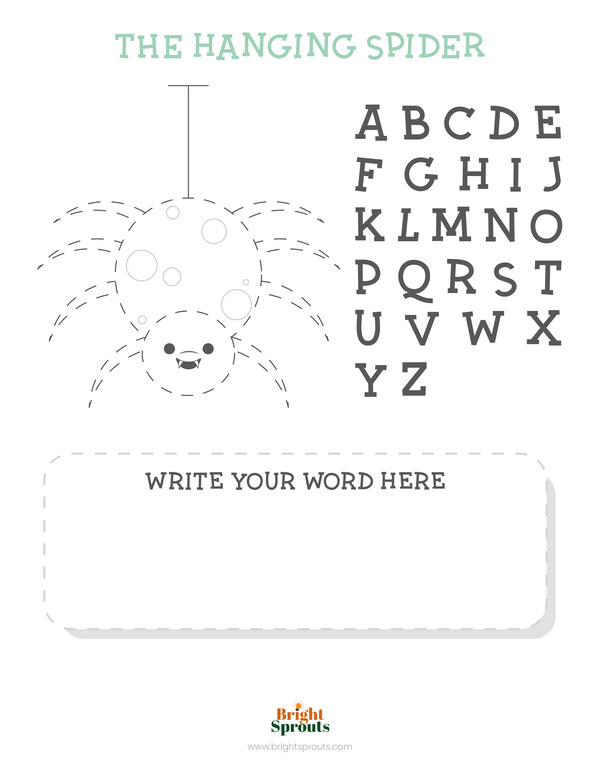
Age: 6+yrs
Number of Players: 2-4
Game Objective: Guess the entire word before completing the spider
Tips: Choose words within categories/themes
How to Play
This is a kid-friendly alternative to the classic pen and paper game, Hangman.
The first player chooses a word and draws lines to show how many letters it has. The other players then take turns selecting letters that could be in the word. Correct letters get put in the right place, and incorrect guesses result in a new body part on the spider. The goal is to guess the word before the spider is complete.
2. Build-a-Story
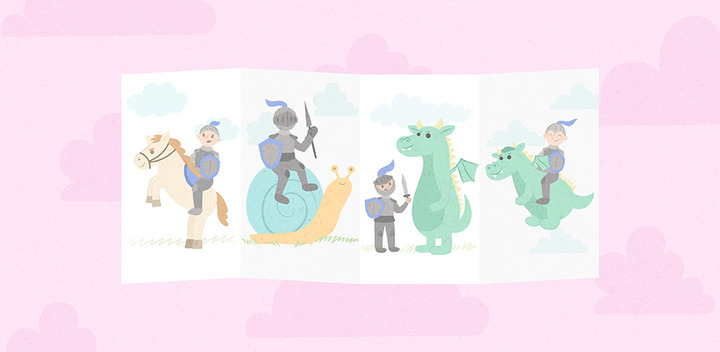
Age: 4+yrs
Number of Players: 2+
Game Objective: Create a fun story as each player adds a new element/scene
Tips: Fold the paper so each scene is a surprise but choose a common theme
How to Play
This is a great paper game that involves even the young members of the family.
The first person draws a scene and then folds the paper over. The next person adds a picture to the story and then passes it on. Then, the last person adds a picture and then opens the paper. Finally, you can have fun seeing the silly story your family has created.
3. Maze Monster

Age: 10+yrs
Number of Players: 2
Game Objective: Help the monster find its way out of the maze
Tips: Parents and older siblings can draw the maze for younger children
How to Play
This two-player game starts with each player drawing a maze and a monster. Then the players swap mazes and try and get the monster to the other side of the maze. Older family members can race their monsters to see who completes the maze first.
4. Unscramble
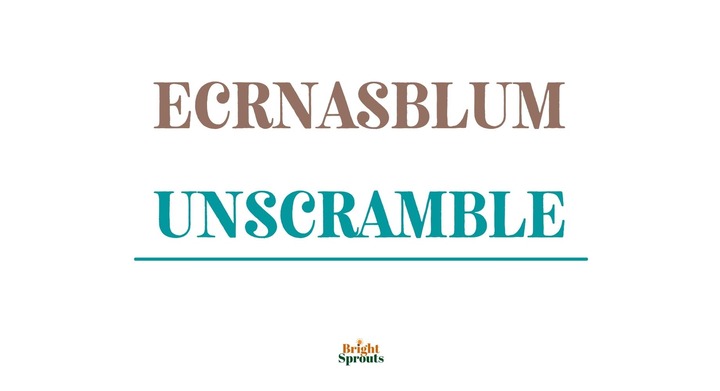
Age: 6+yrs
Number of Players: 2+
Game Objective: See who can unscramble the letters the fastest to reveal the word
Tips: To make it more challenging, use whole sentences
How to Play
Pencil and paper games like Unscramble are great for a large family. One person writes a long, jumbled word on a piece of paper. The other players then race to unscramble the letters and discover the hidden word. The first person to unjumble the letters gets the point.
5. Paper Wordle
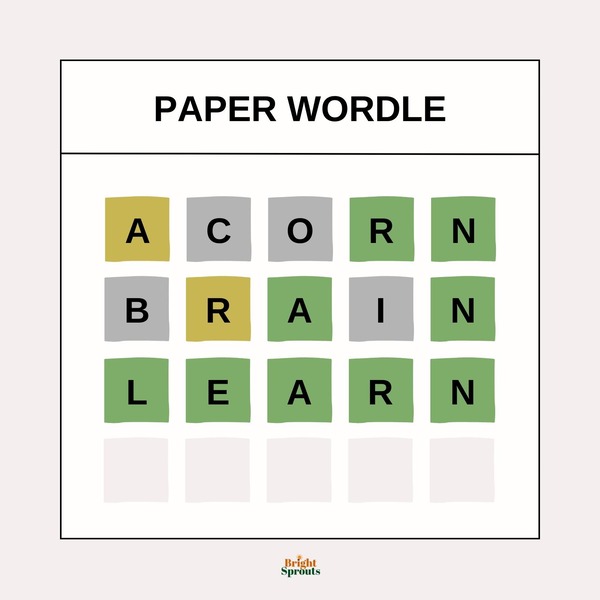
Age: 7+yrs
Number of Players: 2+
Game Objective: Guess the 5-letter word within 6 tries
Tips: Have colored markers handy
How to Play
Paper and pencil games can be as much fun as the digital versions.
One player chooses a 5-letter word that the other player has to guess. The other player writes the word into the boxes. The first player colors the block with the correct letter in the right place, green. If the letter is correct but is in the wrong place, then the block is colored yellow. Incorrect letters are left blank.
Each player has 6 tries to guess the correct word.
6. Battleship
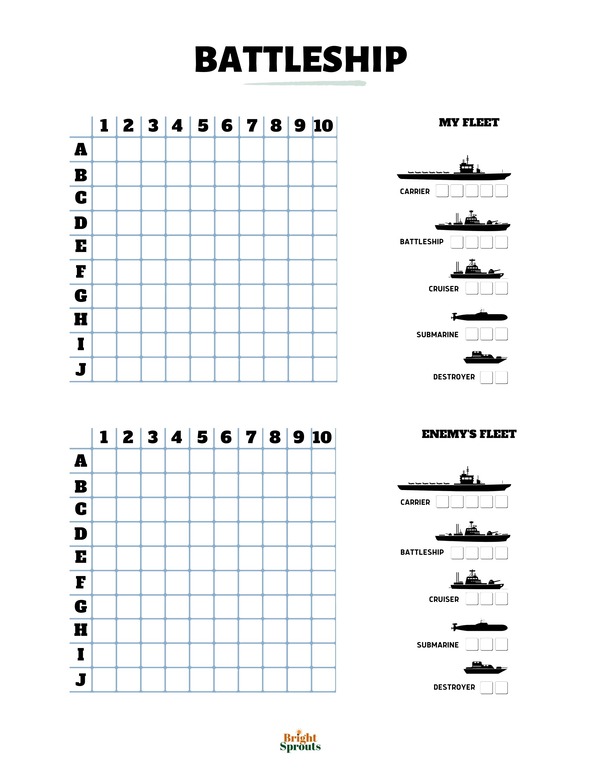
Age: 7+yrs
Number of Players: 2
Game Objective: To sink your opponent’s battleships first
Tips: Have a second grid that you can use to mark off your missed shots
How to Play
Each player folds a piece of paper in half and draws a 10×10 grid on each side. Label the squares along the top A-J and the squares down the side 1-10. One grid will be yours, and the other will be for your opponent’s ships.
Each player has 5 ships of different lengths:
- Carrier (5 blocks)
- Battleship (4 blocks)
- Cruiser (3 blocks)
- Submarine (3 blocks)
- Destroyer (2 blocks)
Each player then places their battleships horizontally or vertically on their grid by shading all the squares. Be sure to keep your grid hidden. Then one player begins by calling out a block (e.g., G5). If that block is one of your shaded ships, then you will say hit. If it is not, then you will say, miss. The other player will then mark that block with either an ‘x’ or ‘o’ to indicate a hit or miss.
Once your opponent has hit your ship’s squares, you call out, ‘you sunk my battleship.’ The first player to sink the other player’s ships wins, and the game ends.
7. Blind Drawing
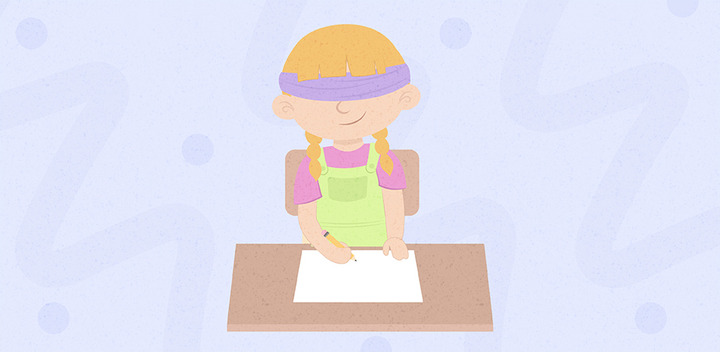
Age: 4+yrs
Number of Players: 2+
Game Objective: Draw a picture blindfolded
Tips: Give each player a specific item/scene to draw
How to Play
Drawing games are enjoyable for the whole family. Each player has a turn being blindfolded as they attempt to draw a picture. Seeing the end results is always amusing. Pen and paper games like this are great for including the youngest family members.
8. Dots and Boxes
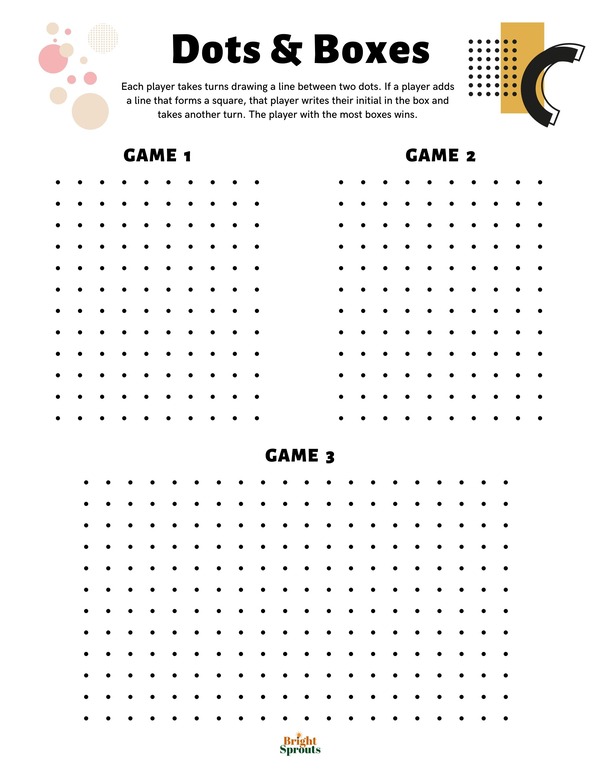
Age: 5+yrs
Number of Players: 2
Game Objective: Have the most boxes at the end of the game
Tips: The person with the longest chain of boxes usually wins
How to Play
This classic pencil and paper game uses two different colored pens, lines, and dots. First, create a block of 4×4 dots (or as many as 10×10 dots). Then simply draw a straight line (horizontal or vertical) to join two dots.
Players who draw a line that closes a box get one point and an extra turn. The person with the most points at the end wins.
9. Pangrams

Age: 10+yrs
Number of Players: 2+
Game Objective: Create a sentence using every letter of the alphabet
Tips: Make it more challenging by using a theme or saying the shortest sentence wins
How to Play
This simple paper game gets your brain working. Each player writes a pangram (a sentence using every letter of the alphabet) within a set time limit. In the end, everyone reads out their sentences.
10. The Name Game
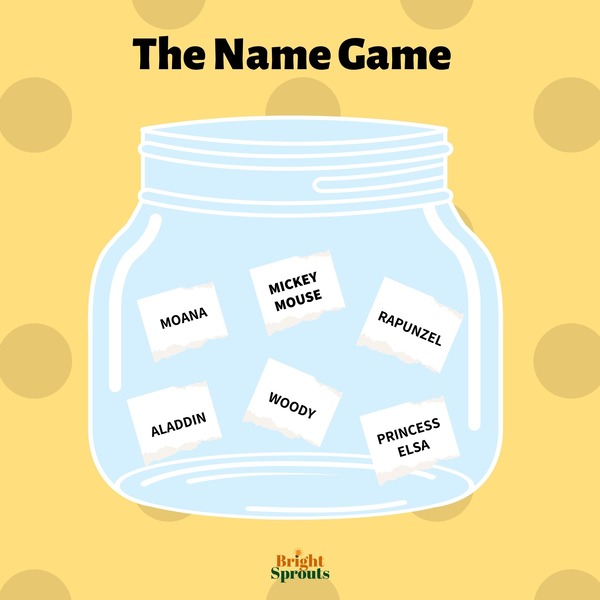
Age: 6+yrs
Number of Players: 3+
Game Objective: Guess the name of the person/character first
Tips: Choose Disney characters for younger kids
How to Play
Each player writes the name of a famous person on a piece of paper and puts it in a hat/jar. Then each player picks a slip of paper.
You get to give the other players a maximum of 3 clues about your person without saying their name. The first person to correctly guess the name wins a point. A player wins if they have the most points at the end of the round.
11. Snakes
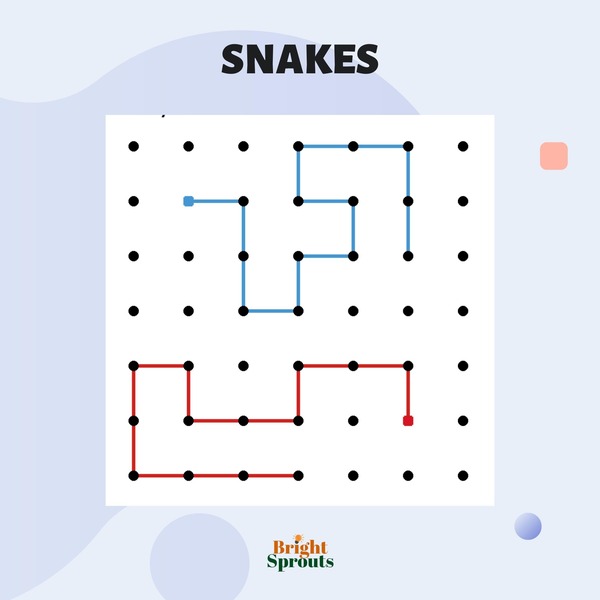
Age: 6+
Number of Players: 2
Game Objective: Stop the snake from reaching the end of the grid without touching itself
Tips: Use a large grid for a challenging game
How to Play
Do you remember that snake game on cell phones back in the day? This is the analog version.
Create a dot grid. Players take turns adding a segment to the snake’s body, moving from dot to dot. The player who touches the edge of the grid or another line loses.
12. Monster Foldables

Age: 5+yrs
Number of Players: 2+
Game Objective: Draw a silly monster
Tips: Include a list of items that need to be on your character
How to Play
With just a pen, this simple paper game will keep the kids entertained. Fold a piece of paper into three sections. Then let each person take turns drawing the monster parts without looking at the previous section.
13. Crosscram
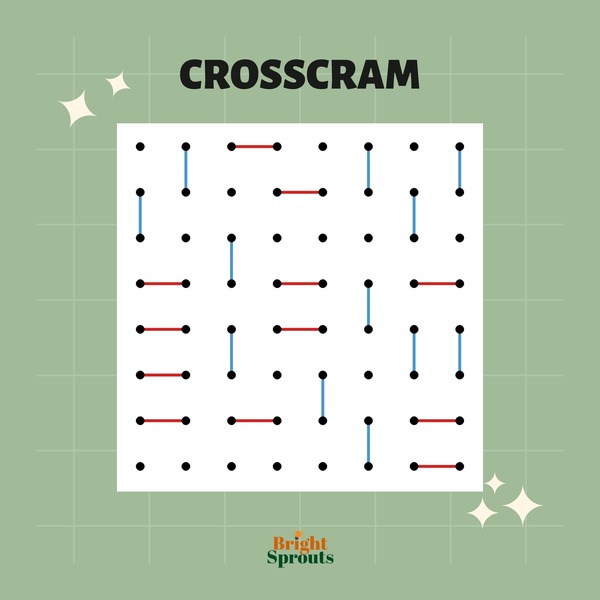
Age: 6+yrs
Number of Players: 2
Game Objective: Avoid being the player with no moves left
Tips: Make a bigger grid for a longer game
How to Play
Start with a 6×6 dot grid and use two different color markers. For example, red can only join dots horizontally, and blue can only join dots vertically. At each turn, a player joins two dots. No dot can be joined more than once. The person who is left with no moves loses.
14. Wordsearch
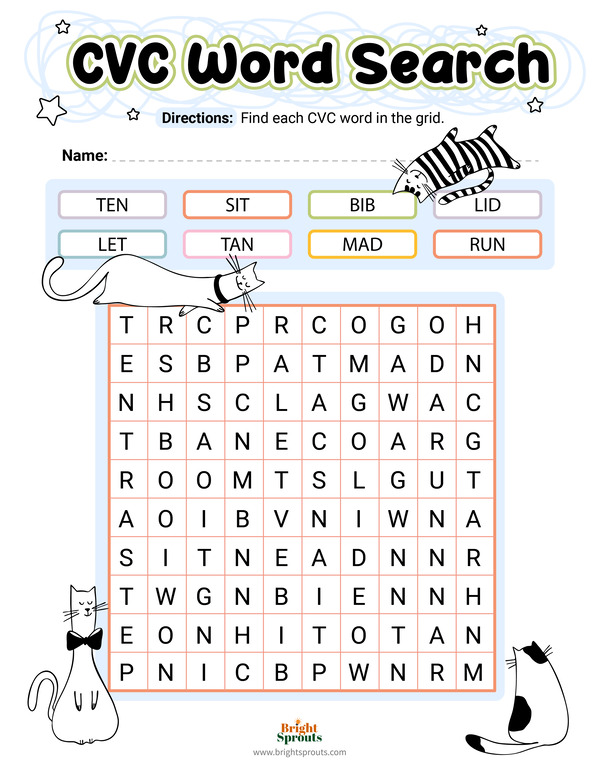
Age: 10+yrs
Number of Players: 2
Game Objective: Find the words hidden in the word search
Tips: Choose a category or theme for the words
How to Play
Each player creates their word search from a blank grid of blocks. Then they fill in their chosen words and the rest of the grid with random letters. Players then swap word searches and look for the list of words.
15. Words Within a Word
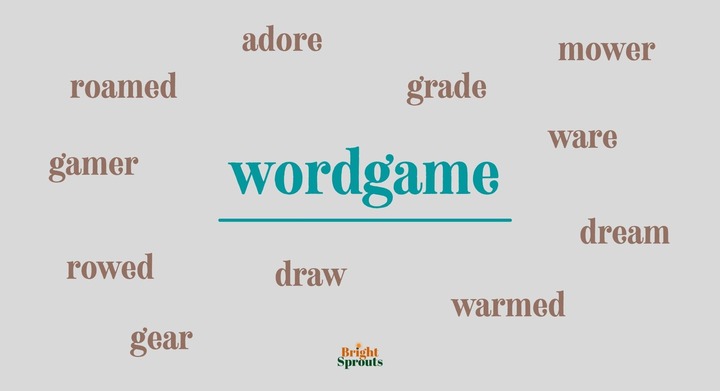
Age: 7+yrs
Number of Players: 2+
Game Objective: Find as many words as you can within the given word
Tips: Start with simple words for young kids
How to Play
This is a simple and fun paper game. To start, one player chooses a long word, and the other players need to make as many new words from that word as possible. The player with the most words wins the round.
Paper and Pen Games for the Win
Games that require just a pen, paper, and enthusiasm are ideal for busy families. They are a way to slow down, spend time, and connect with each other. The fact that you can play them anywhere is a bonus and makes them ideal for camping trips, car journeys, and power outages.
